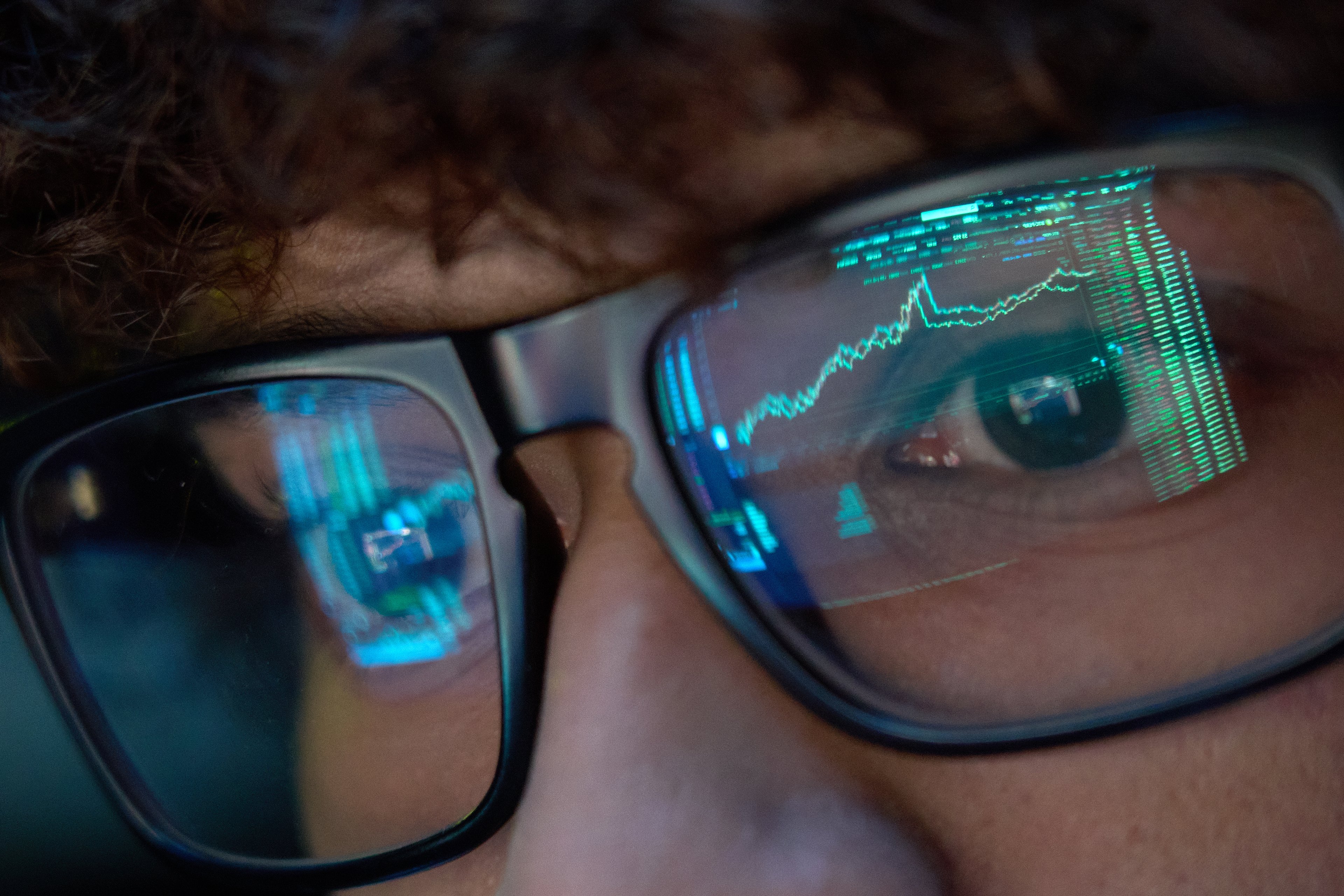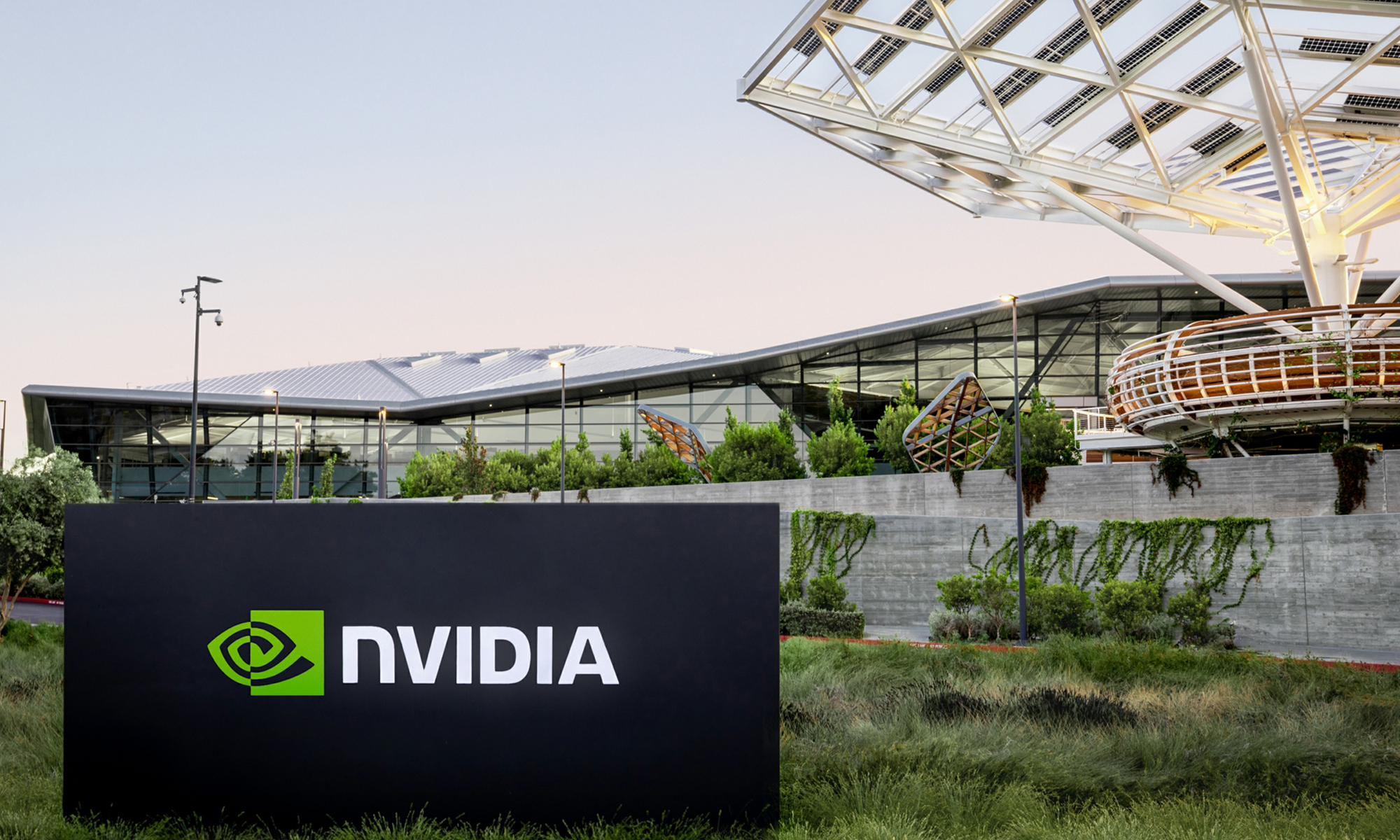Last year, Nvidia (NVDA +3.80%) suffered the brunt of a sell-off that pulled its stock down 50% throughout 2022. However, tech is a forever-evolving industry that sometimes sees a company's luck turn on a dime as new developments bring new opportunities.
For instance, Nvidia has thrived in 2023 as its prospects in the burgeoning artificial intelligence (AI) industry sent its stock soaring 57% since Jan. 1. Wall Street has rallied with the knowledge that the company is home to devices capable of running and developing AI software.
However, prospective investors should be wary of Nvidia's threatened position in the slowing consumer graphics card processing (GPU) market.
Here is one green flag and one red flag for Nvidia's future.
One green flag for Nvidia: Pivoting to more lucrative markets
Nvidia's troubles in 2022 were mainly due to slowing demand in the PC market, as the rising cost of living led consumers to cut discretionary spending. However, Nvidia's GPUs are capable of much more than PC gaming, with the company likely to see substantial gains from cloud computing and AI well into the future.
According to Grand View Research, the cloud market was valued at $368.97 billion in 2021 and is projected to expand at a compound annual growth rate (CAGR) of 15.7% through 2030. As data centers are crucial to that growth, Nvidia has profited significantly from the quickly developing market. In its third quarter of fiscal 2023, its data center segment reported year over year growth of 30.5%, earning the largest portion of revenue at $3.8 billion.
While it's still early days for AI and Nvidia's venture into it, the company has made positive strides in the $136.55 billion market, which is expected to grow at a CAGR of 37.3% through 2030. In November 2022, the tech giant partnered with Microsoft's Azure to begin building a massive cloud AI computer that will be powered by Nvidia's GPUs.
Microsoft is quickly becoming one of the biggest names in AI after investing $1 billion in tech company OpenAI in 2019. The start-up kicked off the AI race in November with the launch of ChatGPT, which wowed the tech world with its ability to produce human-like dialogue based on prompts. As a result, Nvidia's partnership with Microsoft could pay off in the long term.
One red flag for Nvidia: Trouble in consumer GPUs
While it is promising that Nvidia pivoted its business to two booming industries, that hasn't stopped the bleeding in its gaming segment -- mostly made up of revenue from discrete GPU sales. In 2022, the worldwide shipments of GPUs fell by 42% alongside a burdened PC market.
The decline in consumer demand wasn't helped by Nvidia missing the mark with the launch of its RTX 4000 series GPUs. It released the top-tier RTX 4080 and RTX 4090 in 2022, at a time when consumers were tightening their purse strings. The company unveiled the RTX 4080, priced at $1,199, 71% higher than the previous generation, the RTX 3080, which started at $699 in 2020. As a result, Nvidia's gaming segment suffered a 51% decline in revenue of $1.5 billion in its latest quarter.

NASDAQ: NVDA
Key Data Points
According to Jon Peddie Research, Nvidia held an 88% market share in consumer GPUs in Q3 2022. With Advanced Micro Devices' growing position in the market and Intel entering in 2022 with the launch of its first consumer GPUs, it feels like Nvidia only has market share to lose.
The bright side is the PC industry will likely improve alongside easing inflation, and Nvidia's dominating position in the market will be to its advantage. Meanwhile, the company is expected to release its mid to low-tier 4000 series GPUs this year, which are always the most popular in the range. If Nvidia learned from its pricing fumble last year, it could come back strong with the new devices.
Despite a challenging 2022, Nvidia shares rose 280% in the last five years and around 7,000% in the last decade. It's a strong growth stock, and the company's shifted focus to cloud computing and AI has proven its resilience. Nvidia's unsteady position in GPUs is concerning but will likely improve over time, with data centers and AI being the driving force of its growth, making the company's stock a compelling long-term investment.





